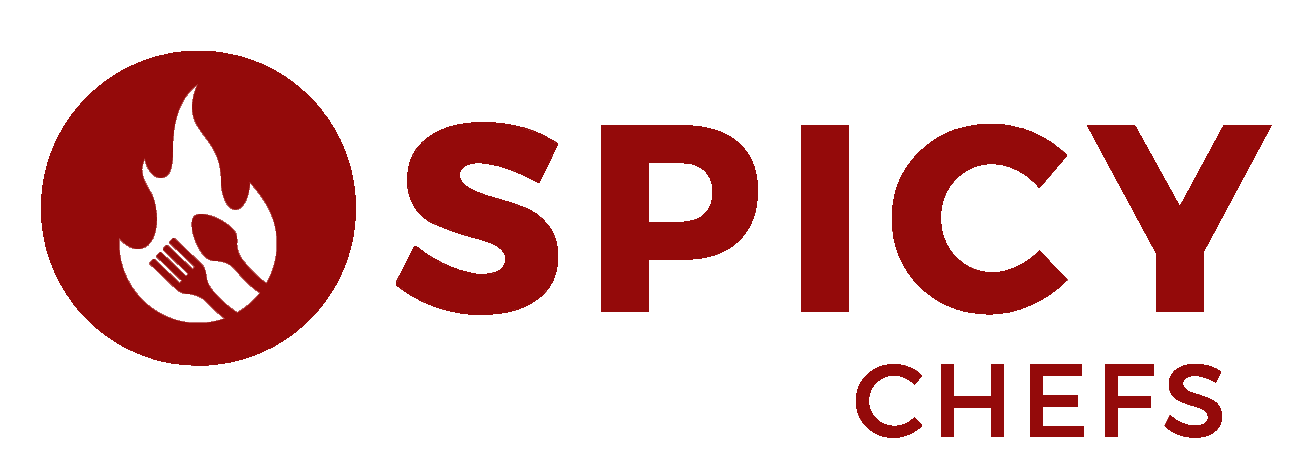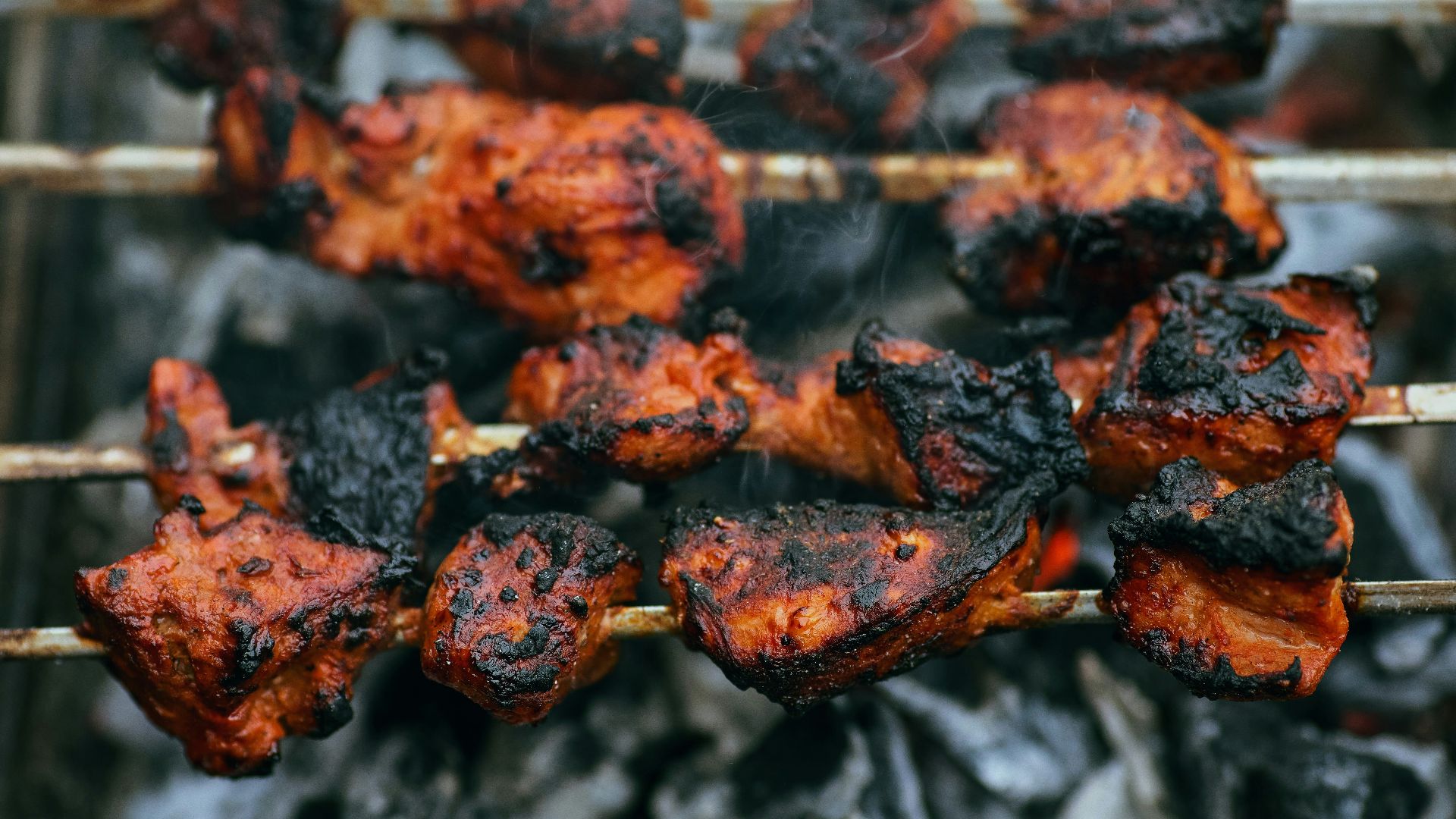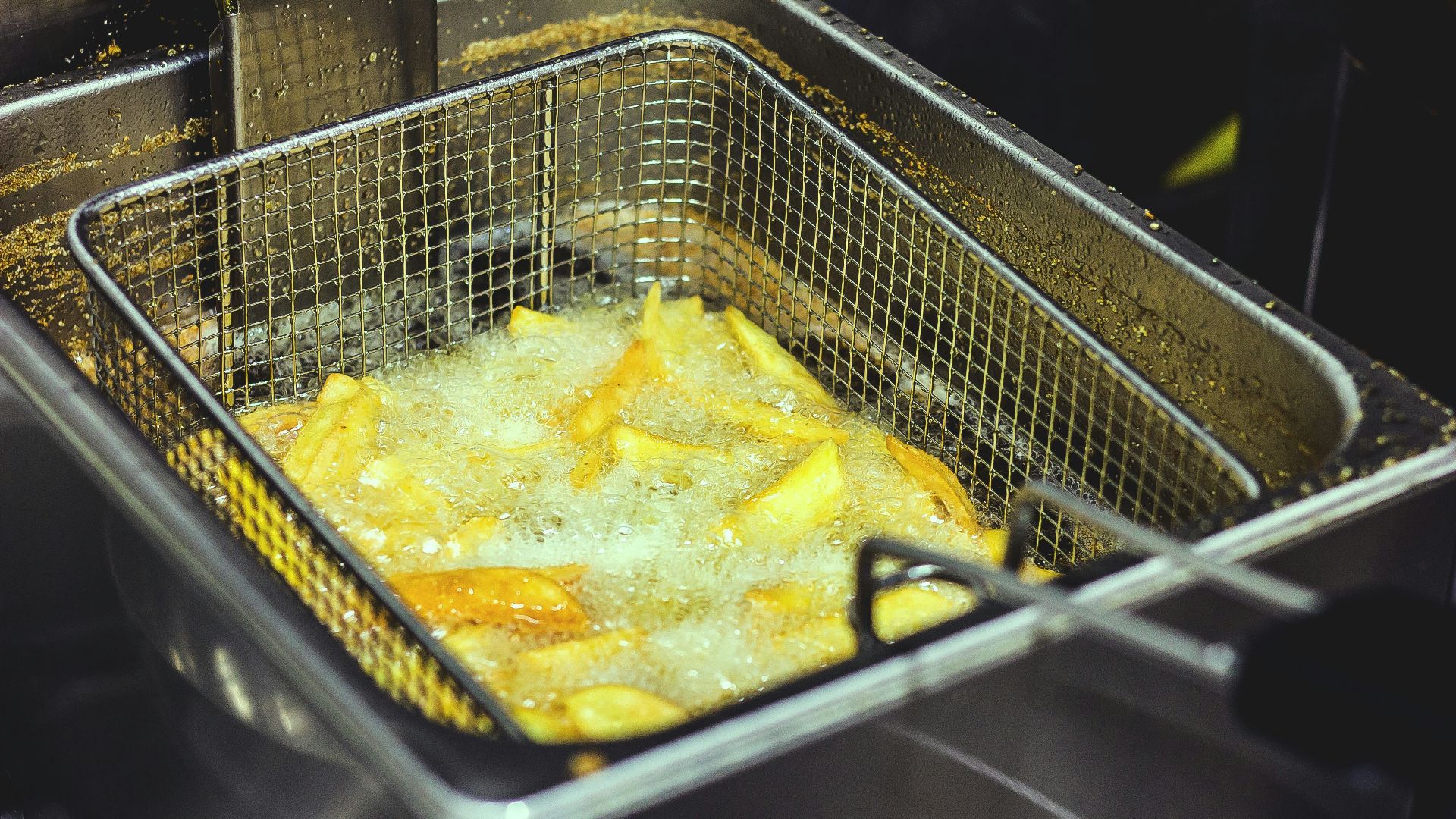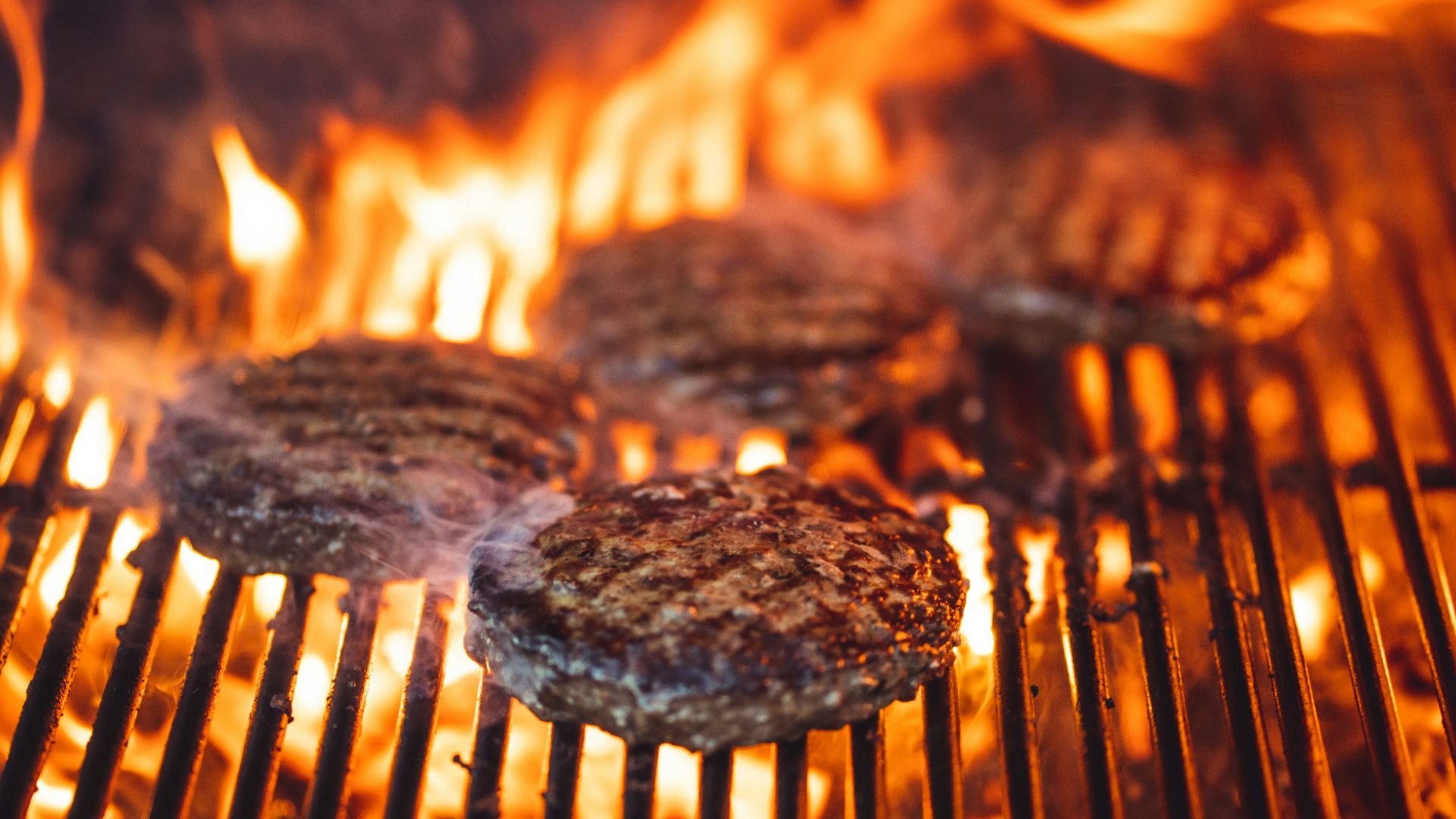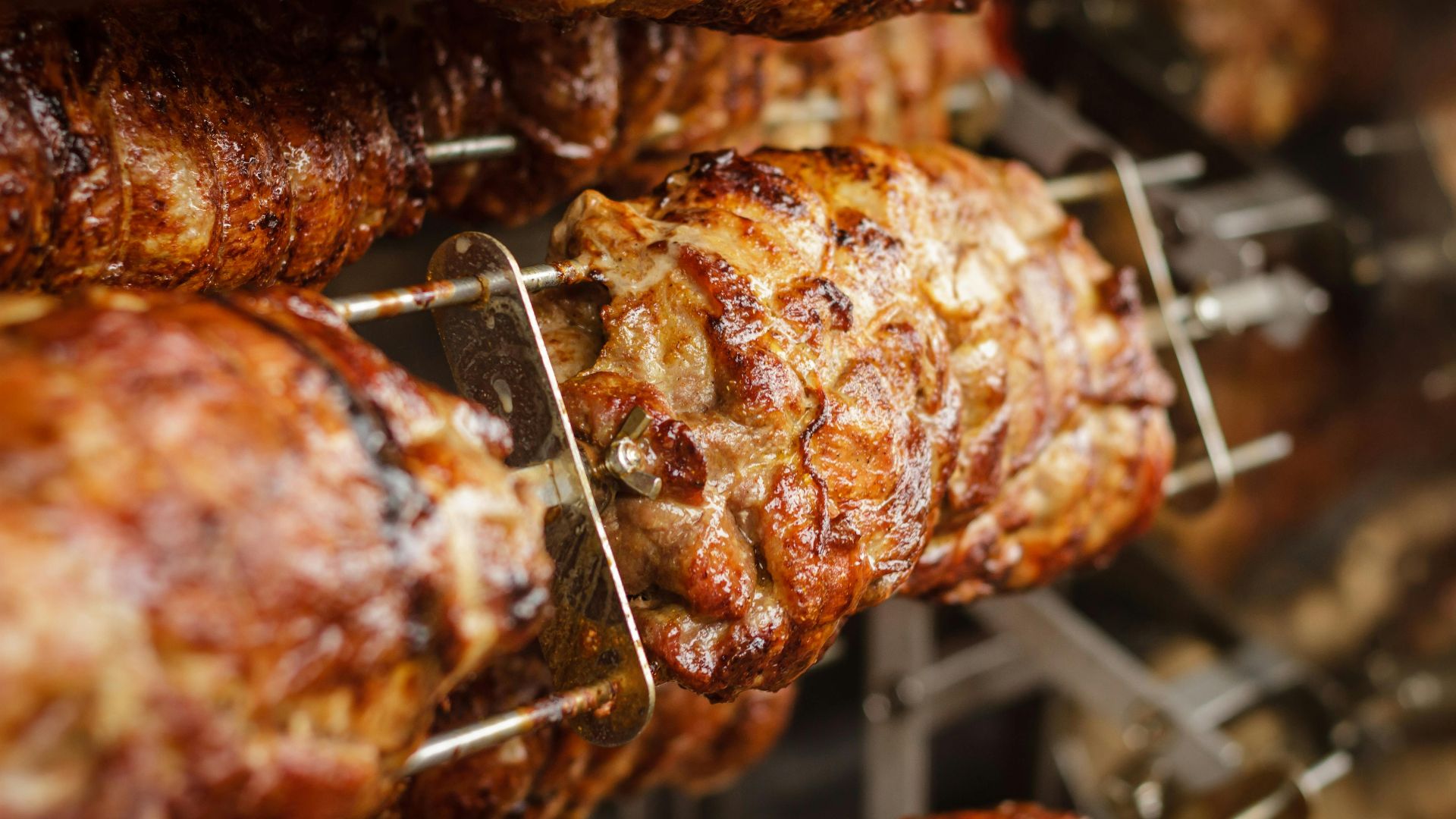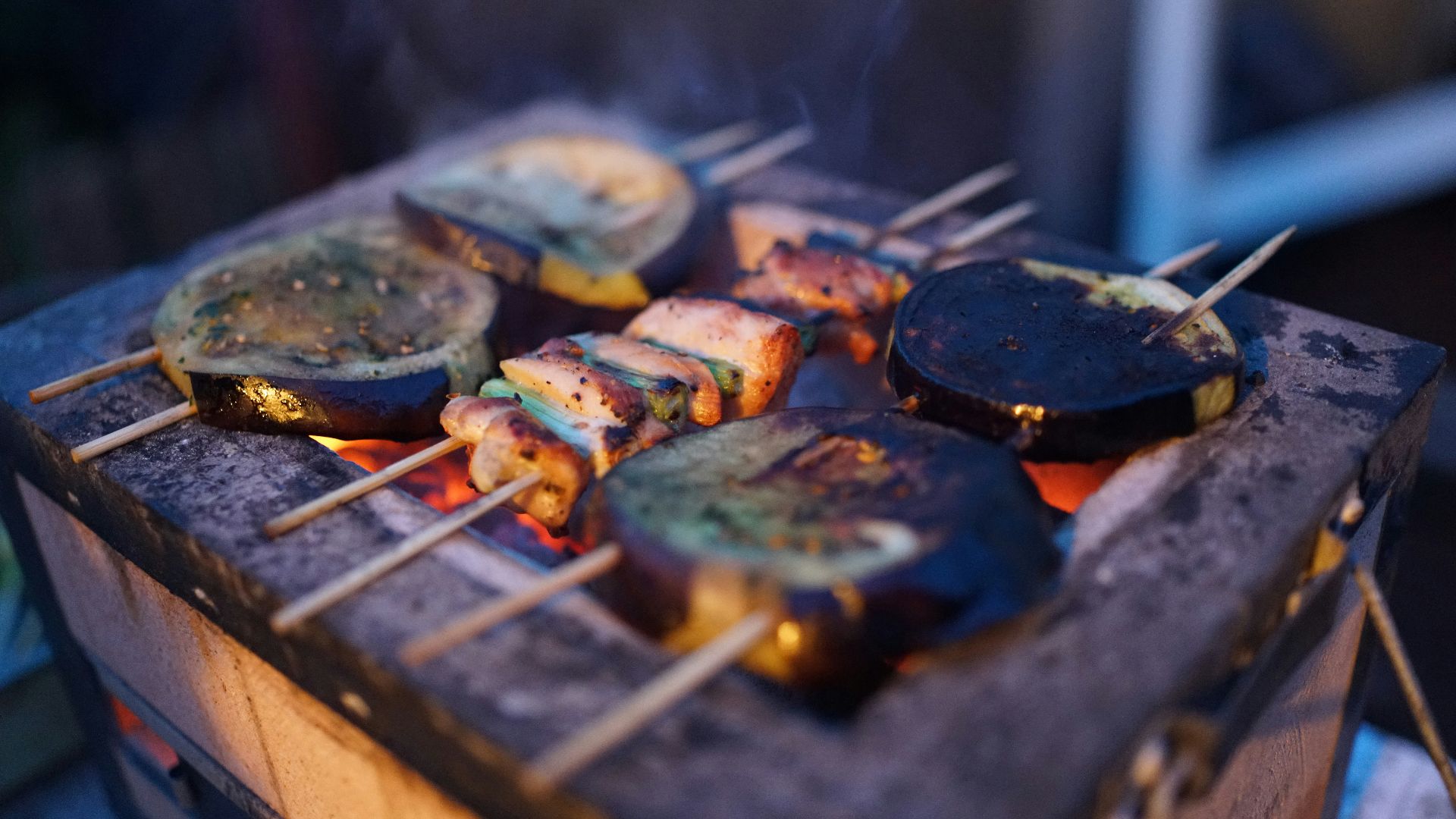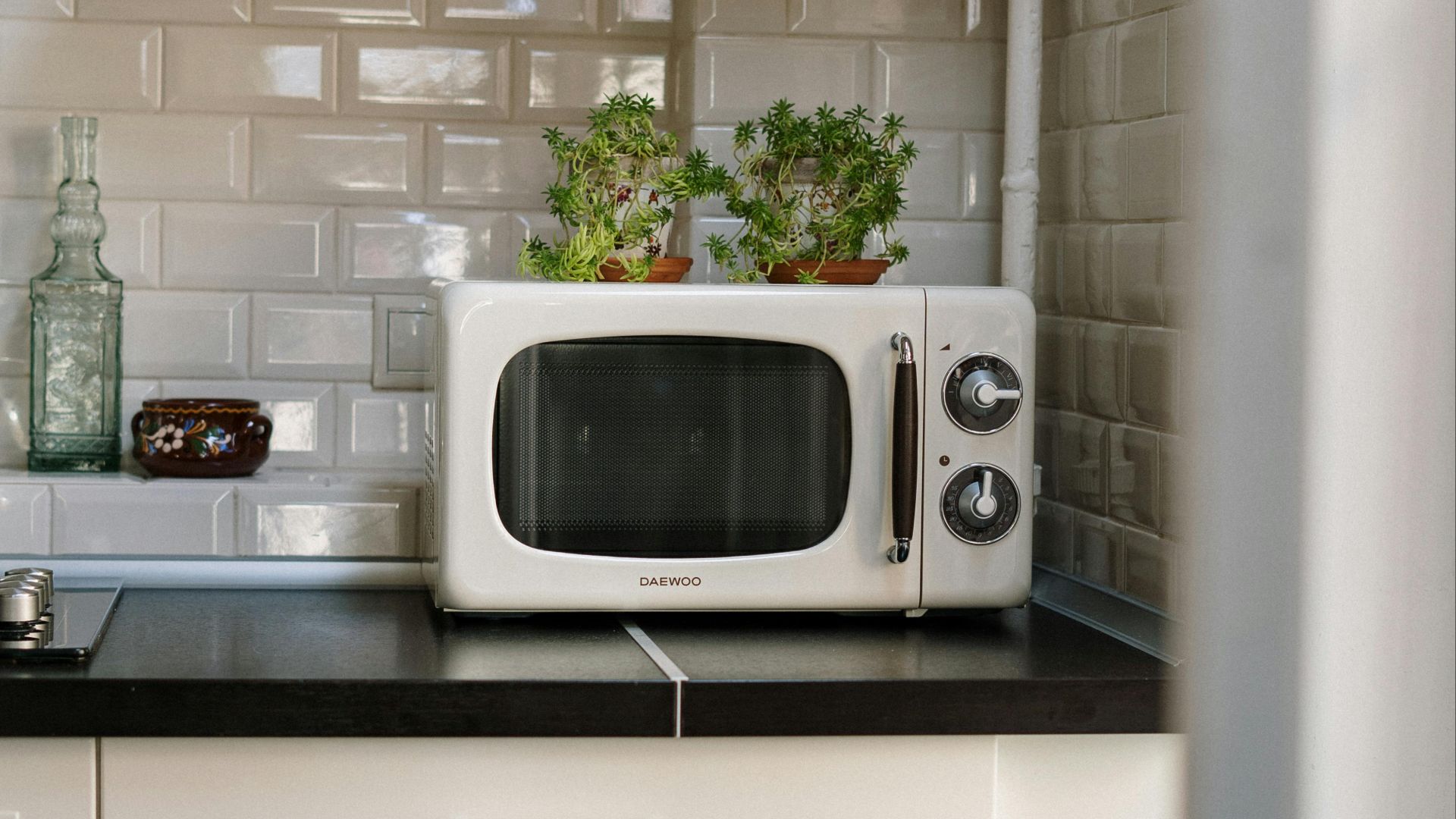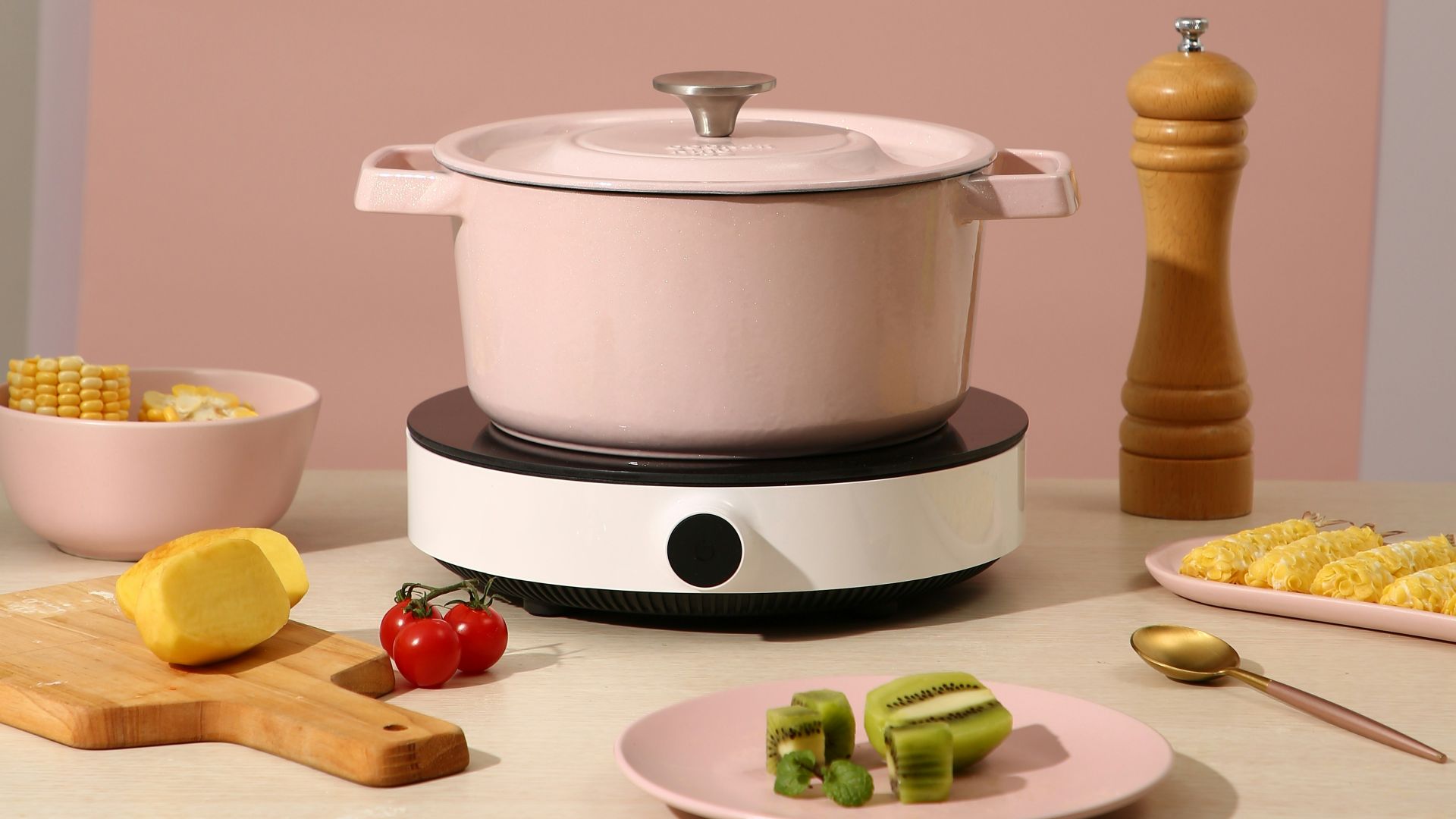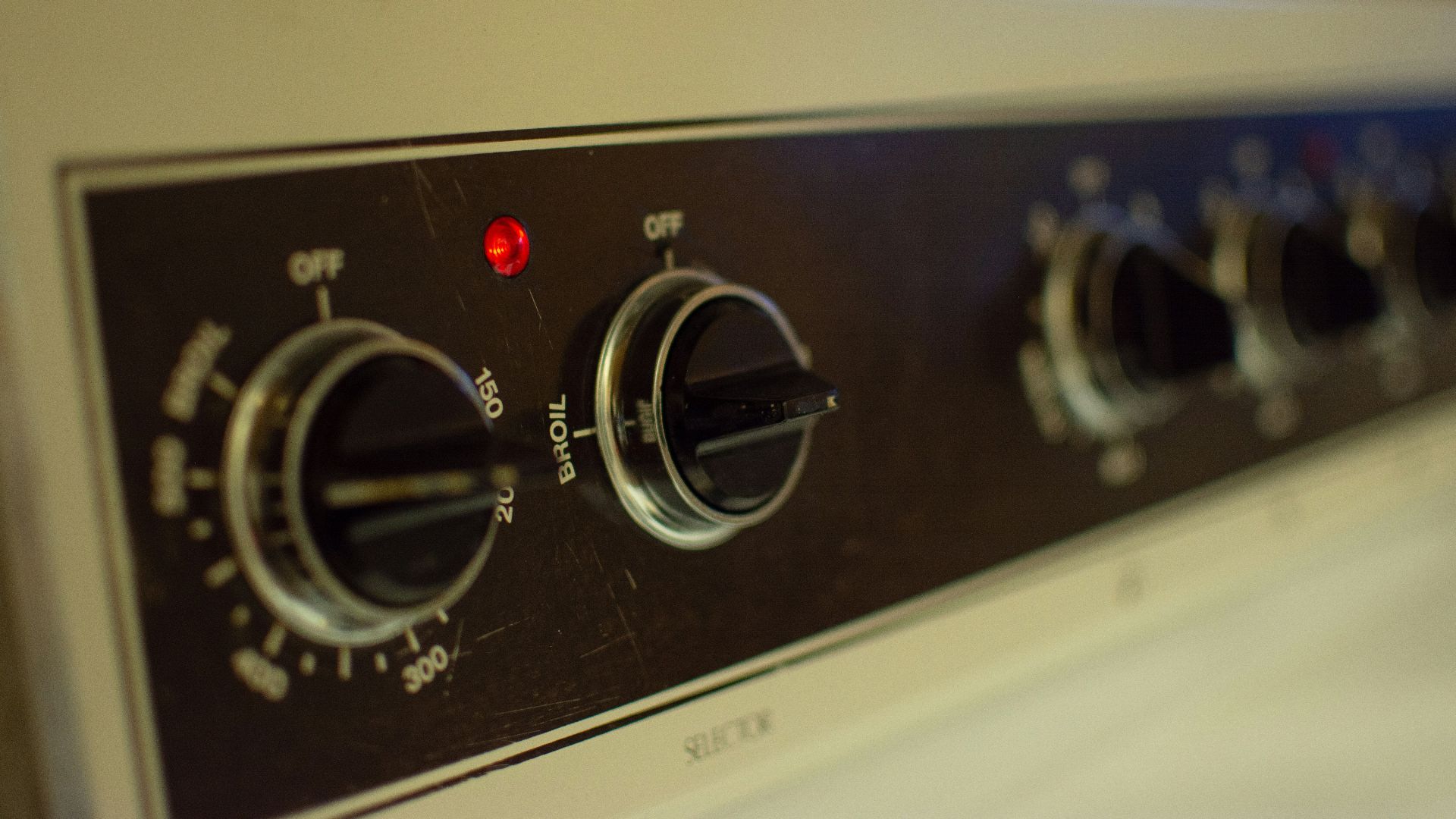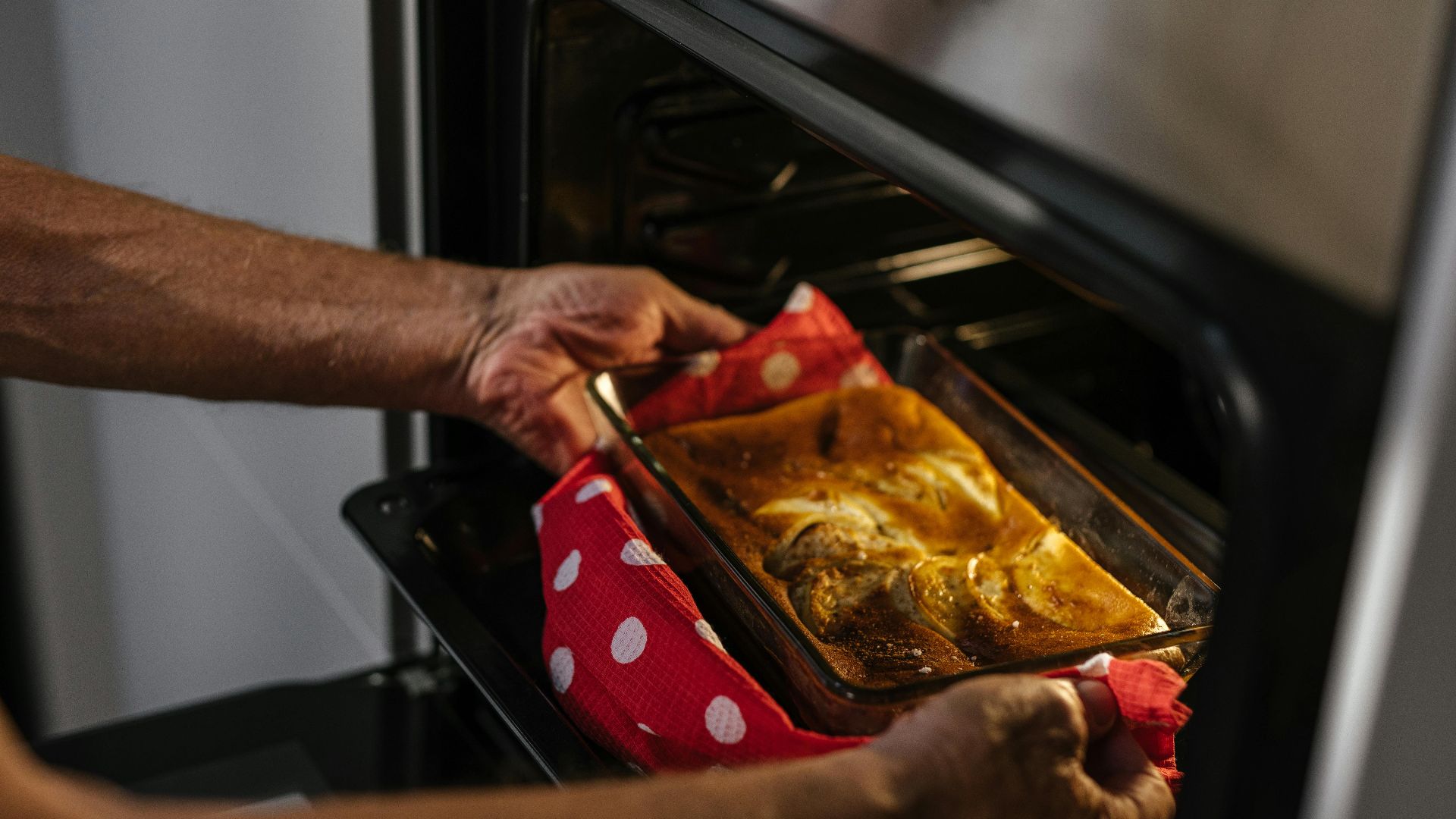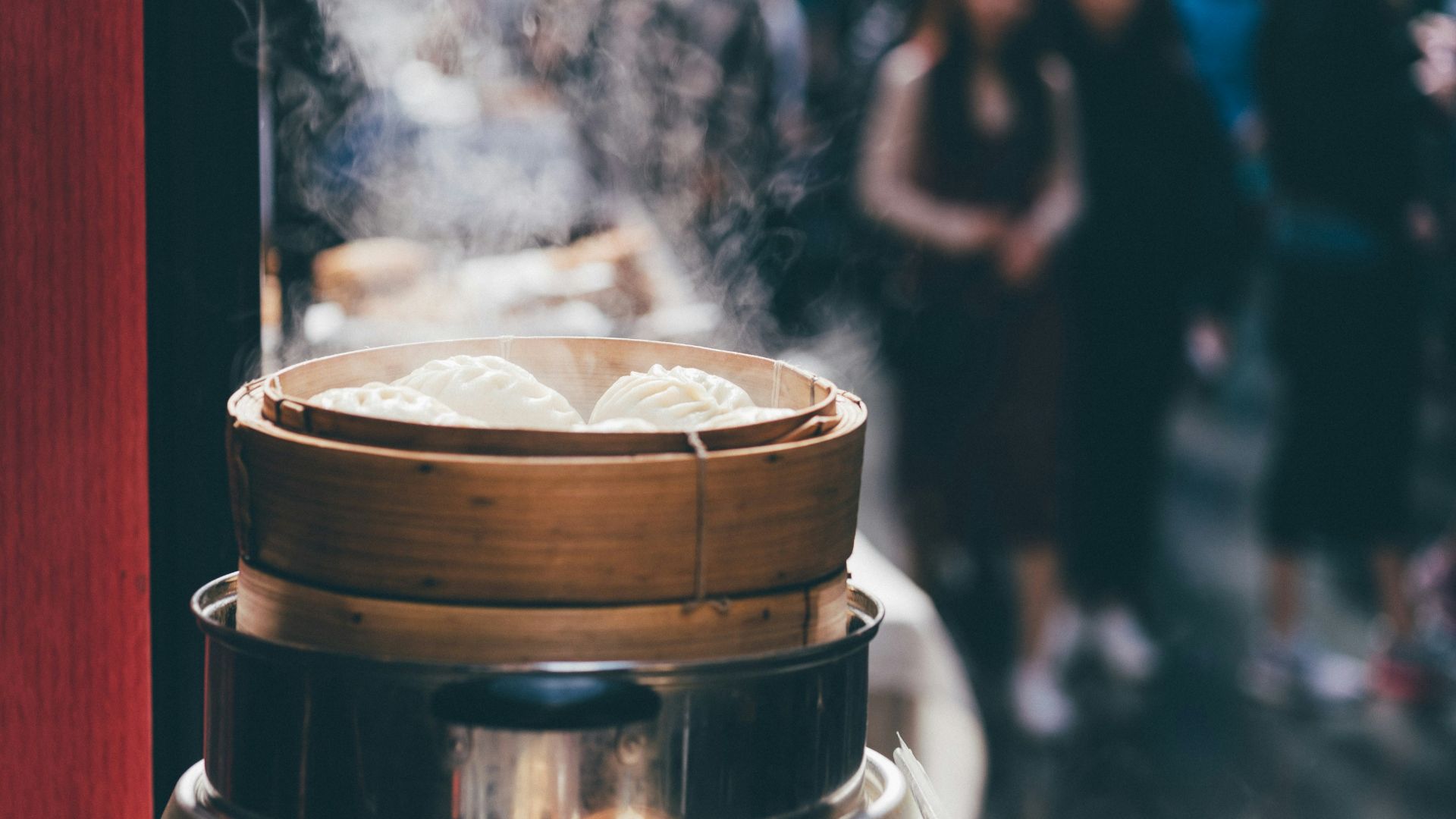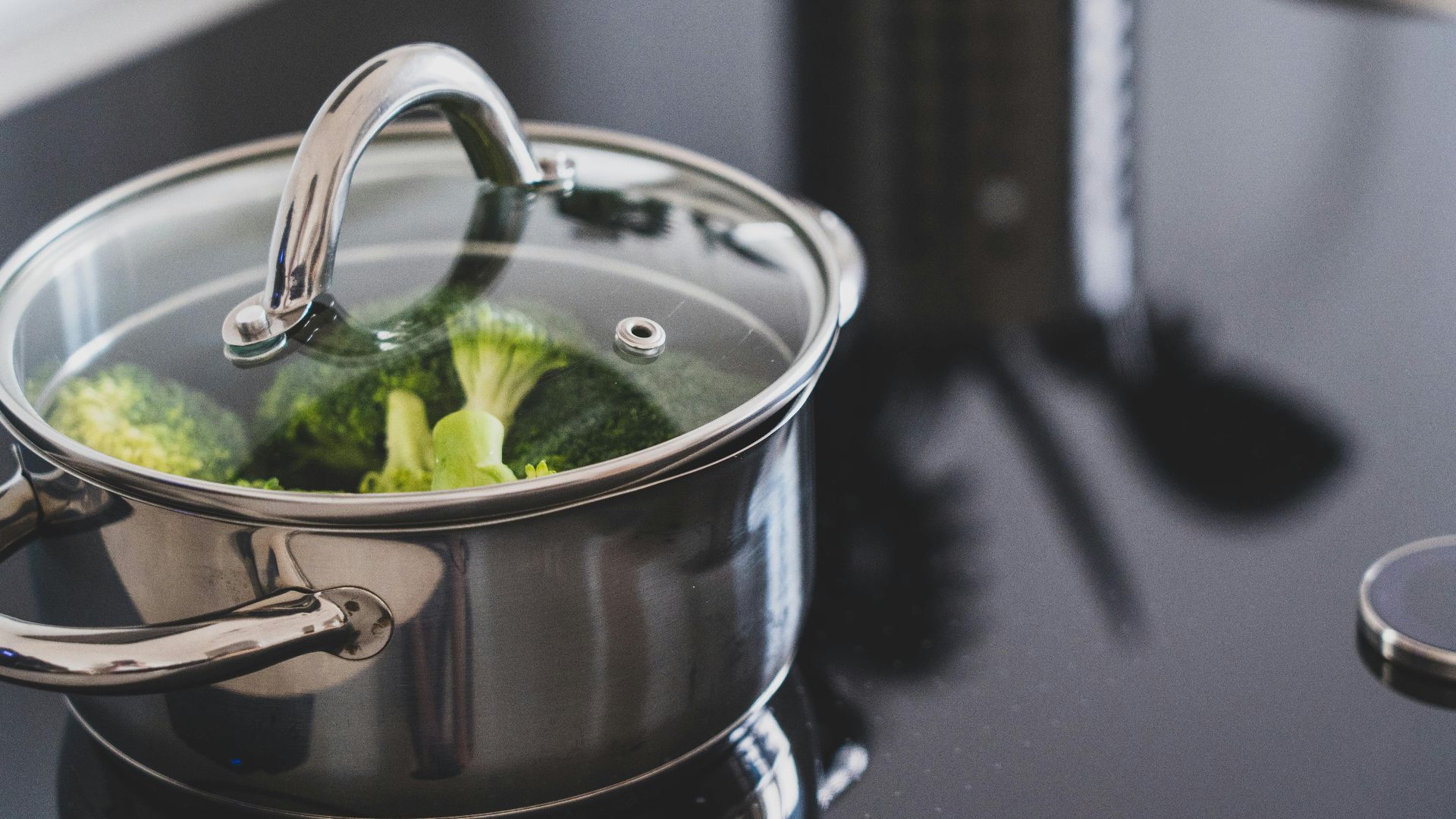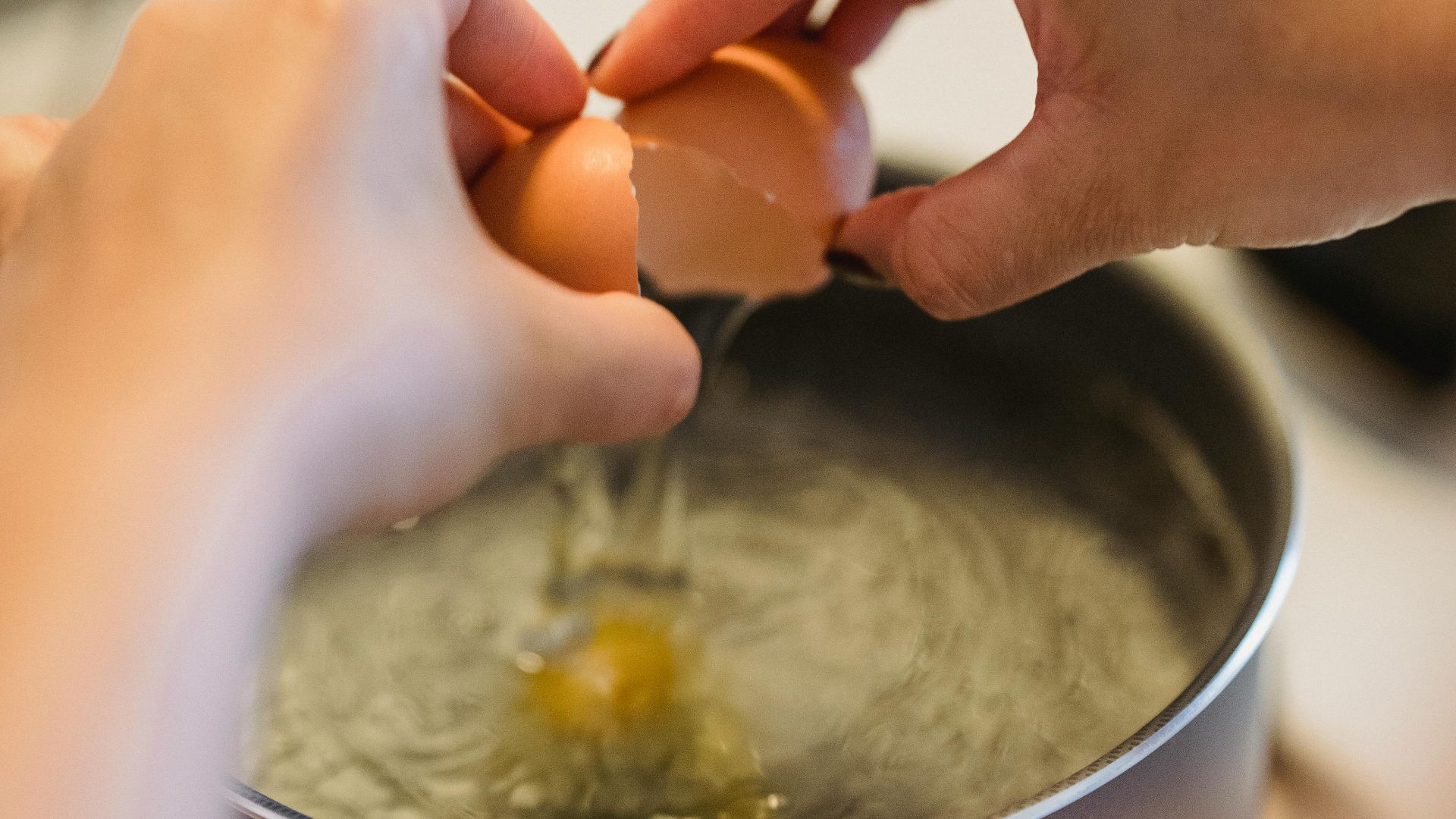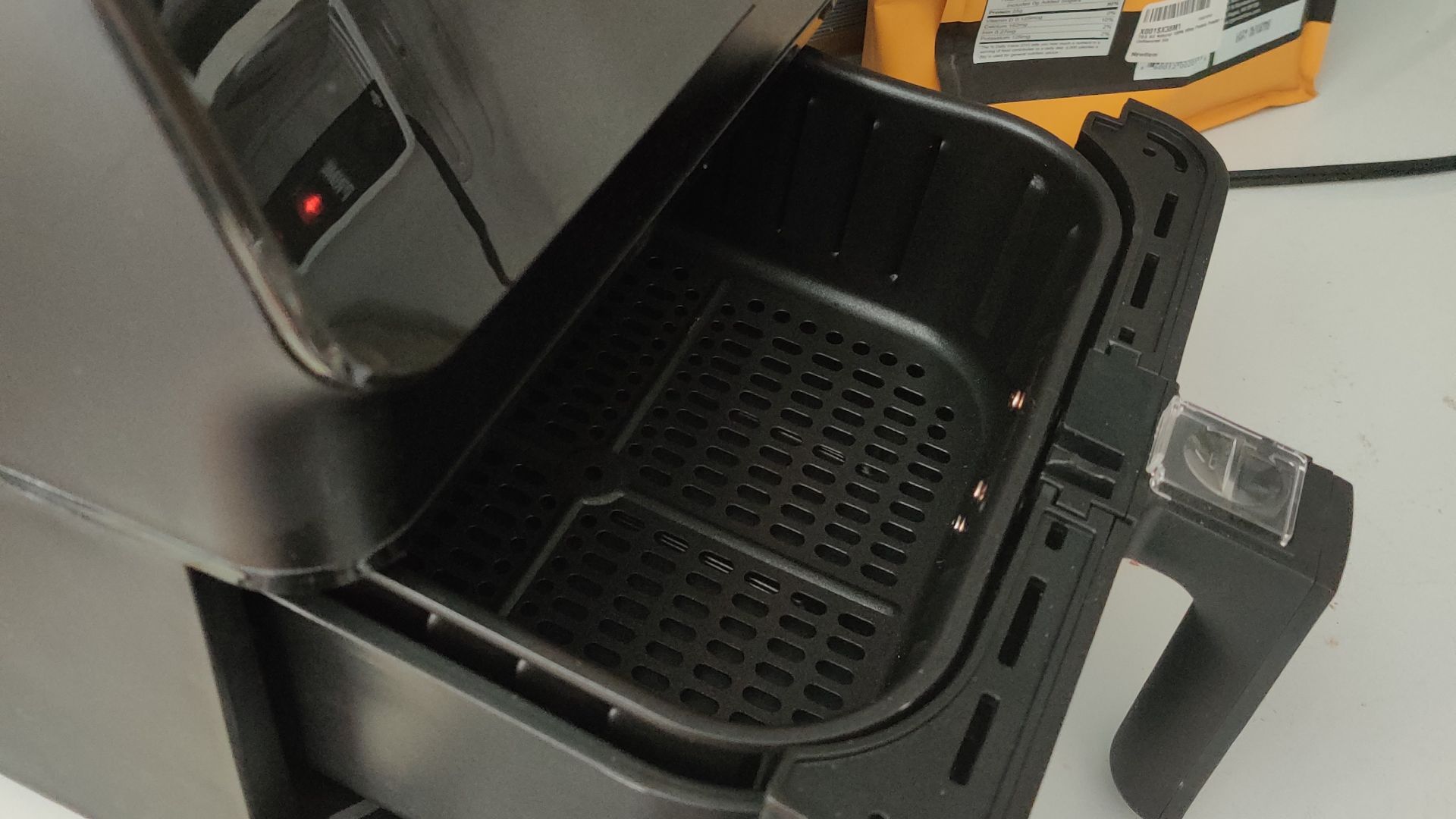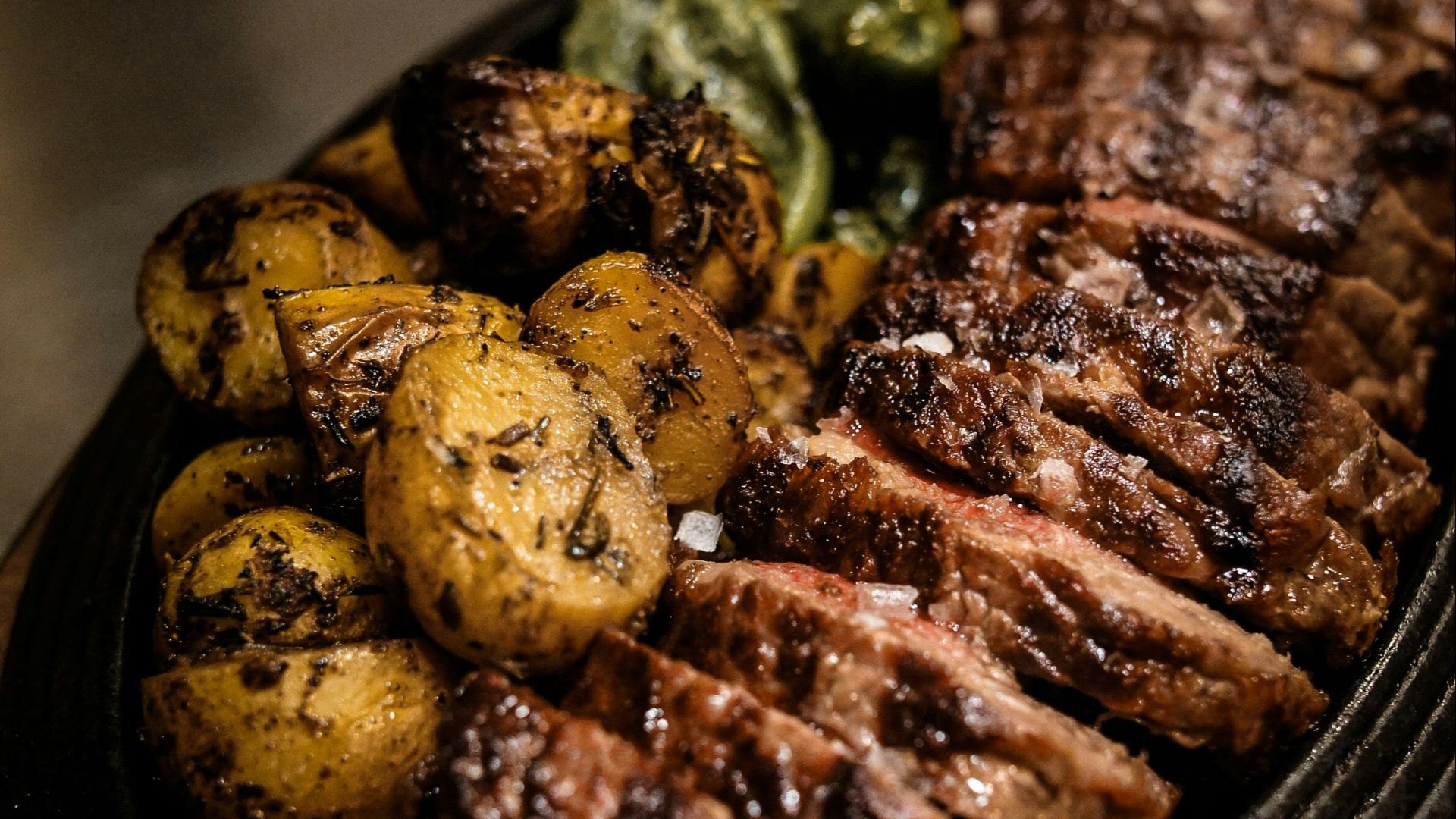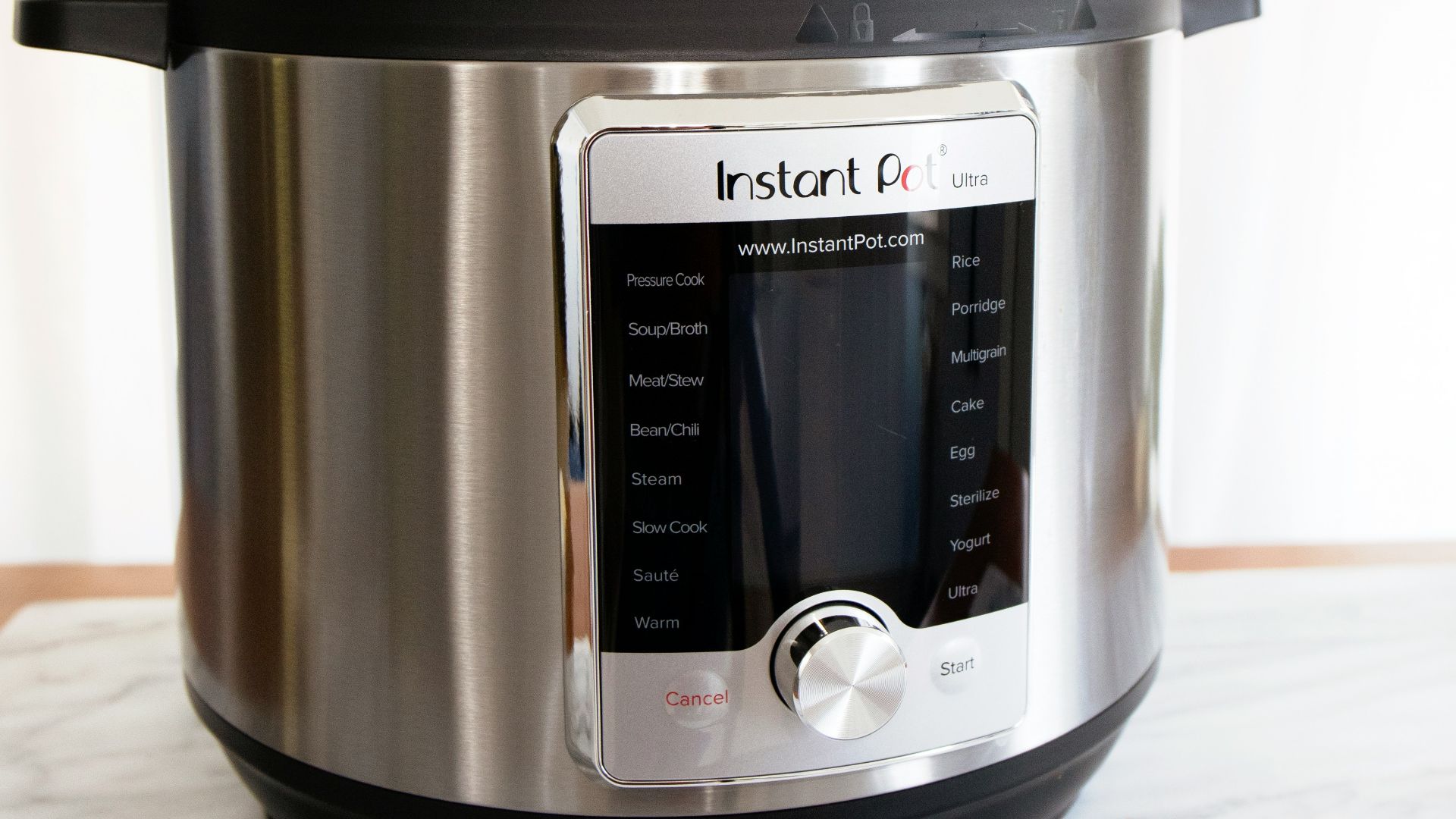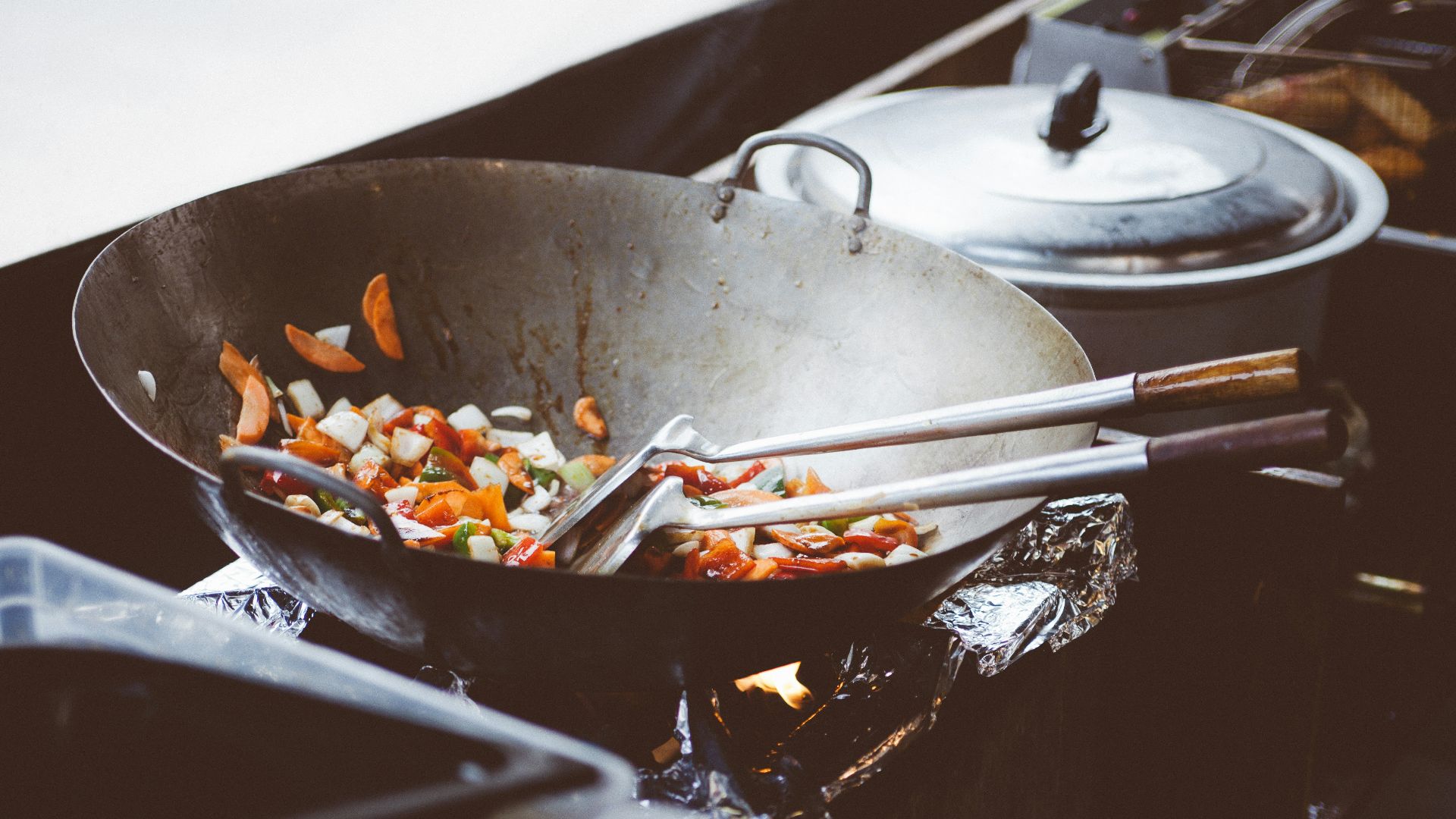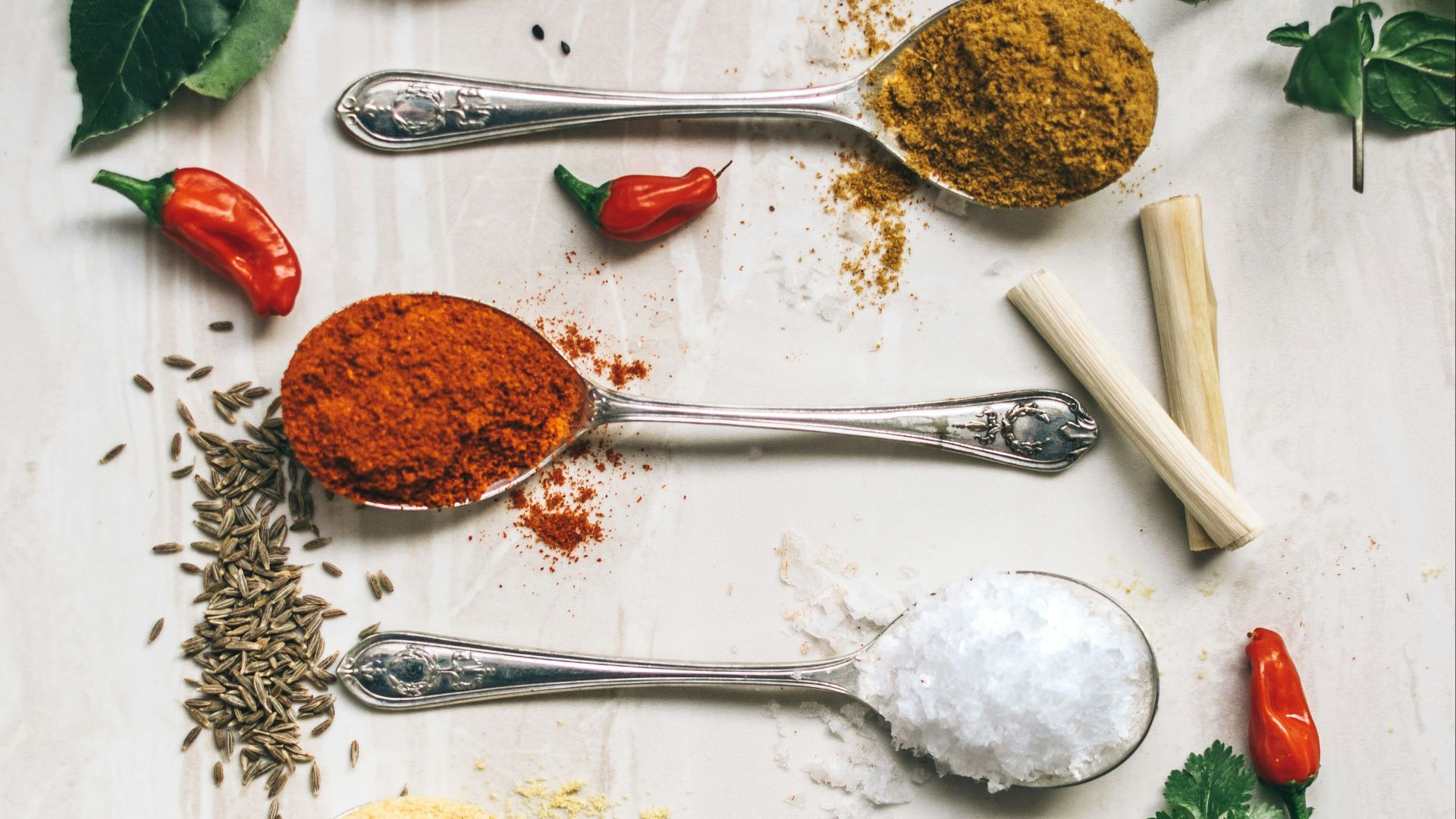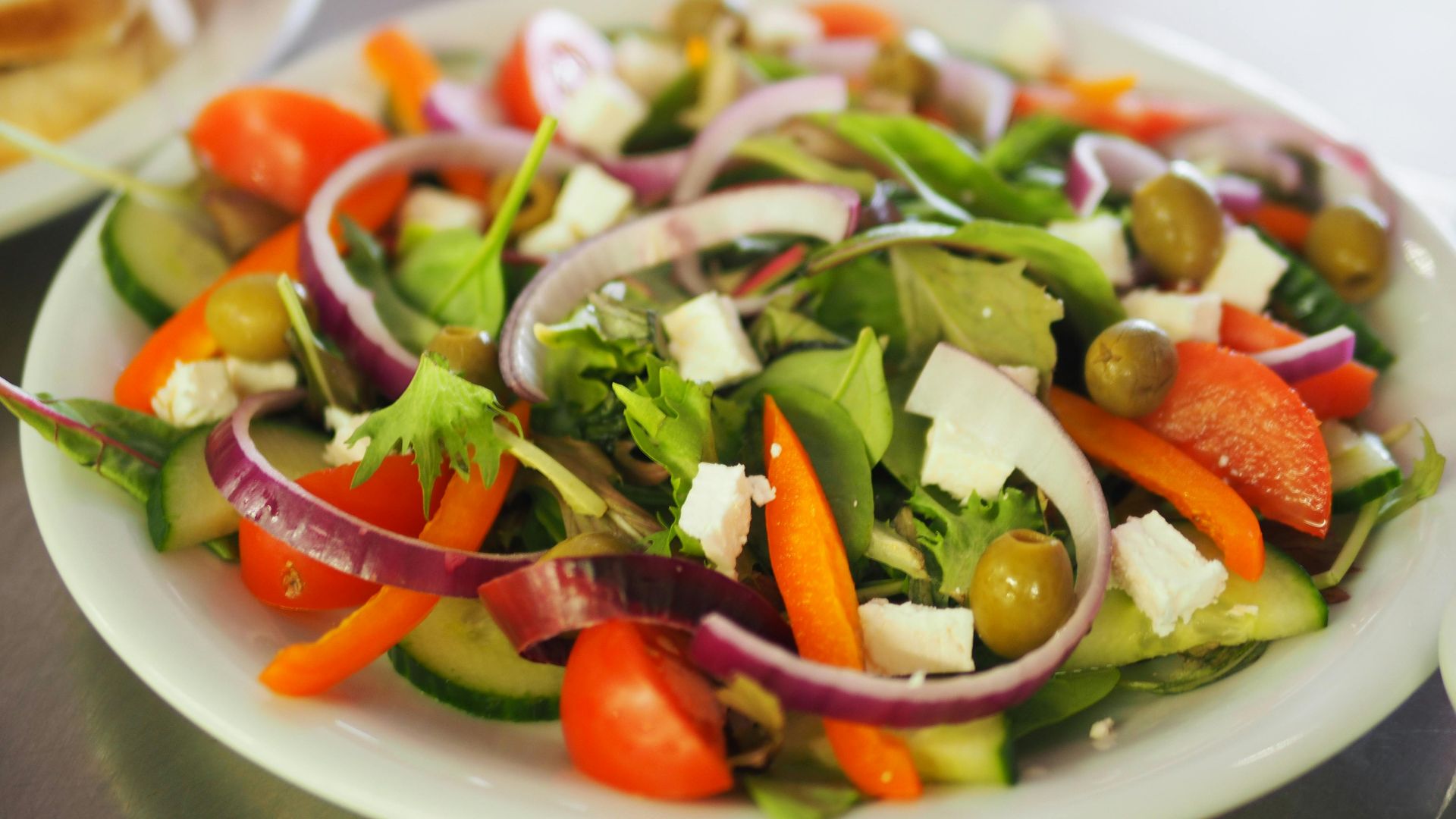10 Cooking Methods Putting Your Health at Risk & 10 Healthier Ways to Prepare Food
10 Cooking Methods Putting Your Health at Risk & 10 Healthier Ways to Prepare Food
Pan-demonium in the Kitchen
Sometimes, it's not enough that you choose to eat more at home over grabbing takeout. The ingredients and food you put on your plate matter, but so does the way you cook them. Certain techniques and temperatures can be more harmful than nutritious, so if you're wondering how to avoid the bad and keep the good, here are 10 cooking methods you should cut back on using and 10 healthier ways to prepare your dishes.
1. Deep-Fry
While deep-fried foods are delicious, this definitely isn't a cooking method you want to regularly use. Along with the excess oil involved in frying foods, the high-temperature environment can also make your dish toxic during the process, releasing compounds like trans fat and acrylamide. These harmful substances have been linked to an increased risk of heart disease and cancer.
2. Grill
Who doesn't love grilled food and the fancy charred marks? But before you schedule that backyard barcecue get-together, you might want to rethink your choice. Cooking over an open flame can cause toxic chemicals to form—most notably heterocyclic amines (HCAs) and polycyclic aromatic hydrocarbons (PAHs) which can mutate DNA and increase risk of cancer. If you like grilling, it's better to do it with a light hand so that the outside is just slightly browned while the meat remains medium-rare to rare.
3. Barbecue
While grilling often involves cooking hot and fast, barbecuing is low and slow, with smoke and marinades that soak into the meat for optimal flavor. If you decide to barbecue on a grill at high heat, you'll be producing HCAs and PAHs, but the cooking method isn't at fault alone. The sauces and seasoning used may also pose health risks, as some may contain hidden sugars and monosodium glutamate (MSG), a well-known flavor enhancer.
4. Charbroil
You might think grilling and charbroiling are the same, but the latter often involves burning or blackening meat. We already know that high heat, especially over open flame, produces carcinogenic compounds, but this cooking method can oxidize fat molecules (causing disruptions in hormone signaling), denature proteins (meaning their shapes get deformed), and also produce glutamate, a neurotransmitter that can overexcite brain cells to death.
5. Microwave
Microwaving food is a quick and easy way to reheat frozen meals and leftovers, but it's important how you do it and what you do it in. Microwaving food in plastic containers, for one, is a big no-no, as it can melt off the material and release harmful chemicals like bisphenol A (BPA) and phthalates into your food. These ovens also emit high amounts of electromagnetic radiation.
6. Scratched Non-Stick Pan
Do you have a go-to pan? Before you place your food on it, you'll want to make sure it's not scratched on the bottom. Otherwise, you'll be releasing extremely toxic chemicals and particles into your food, and at high heat these fumes can be dangerous enough to kill birds. Make sure to swap your pan out for a new one as soon as it starts to stick or has scratches on its coating.
7. Aluminum Wrap
Some recipes might ask for you to wrap your food in aluminum foil before cooking. While this seems innocent enough, a study revealed that baking food in foil at high temperatures can contaminate it, which can pose health risks for young children or others with certain existing medical conditions.
8. Slow Cook
You might think slow cooking your food is also a viable, safe method. But its benefits depend on how you prepare your foods and what eats you're using this technique with. Some foods may need to be cooked at higher temperatures to kill toxins. For meat, you'll also want to avoid overcooking to prevent the production of glutamate.
9. Broiled
Broiling uses high heat—that's already a red flag. While it might not produce aldehydes, this cooking method still forms carcinogenic PAHs. It may also destroy the nutrients in your food, which is something you definitely don't want.
10. Reused Oil
Reusing oil, such as the leftover amount from deep-frying, might seem like a good way to recycle, but it's actually better to toss that excess out. Reheating it can produce toxic chemicals, trans fat, and free radicals that cause oxidative stress—all of which are harmful for your body.
Looking for healthier ways to cook? Let's explore 10 alternative methods.
 Ashwini Chaudhary(Monty) on Unsplash
Ashwini Chaudhary(Monty) on Unsplash
1. Bake
Instead of deep-frying, baking is a better alternative. Because this cooking method uses the dry, hot air of the oven to heat your food, it can bring out the natural flavors and textures in your recipe without the need for too much oil.
2. Steam
Steaming is one of the best ways to prepare your food as it uses the heat from water vapor to cook. Because your food isn't in direct contact with the water, this method can also better preserve the nutrients in fresh vegetables and proteins.
3. Boil
While boiling may kill off some vitamins and minerals in your food, such as vitamin C and folate, it's still considered a healthy cooking method. Just be sure to use less water and not boil your contents for too long, or you may risk destroying all the nutrients in them.
4. Poach
Poached eggs, anyone? This method is generally considered healthier than other methods as it involves gently bringing foods up to the required temperature and doesn't add unnecessary fats or calories. Its slow technique also ensures that you don't overcook a dish.
5. Air-Fry
Want crispy fries and chips without deep-frying While baking is a great method, air-frying may be easier, quicker, and more intuitive. And since you don't need a whole bucket of oil, it's much healthier—cutting calories by 70% to 80%.
6. Roast
Similar to baking, roasting involves cooking food with dry, hot air to heat it evenly on all sides. This usually results in crispy exteriors and tender, juicy interiors, which makes it a popular option to prepare protein and vegetables. While the high temperatures might destroy some nutrients, it's still generally considered healthier since not much oil is used.
7. Pressure Cook
If you're short on time, pressure cooking is a great method. While some nutritionists and studies may suggest that this method isn't the best for preserving nutrients, the quicker cooking time means your food is less likely to have these important vitamins and minerals seep out.
8. Stir-Fry
Before choosing to sauté or stir-fry your dish, make sure you have a non-stick pan that's free of scratches. It's even better if you use stainless steel or cast iron instead. Try to limit your use of oil as you toss your veggies, which helps to lower the amount of fat and calories. You might also want to choose healthier oils, like olive or avocado oil.
9. Don't Overseason
While not a cooking method, it's still important to refrain from overseasoning your food when preparing it. Pay attention to the ingredients and amounts you use, so that you don't accidentally oversalt or introduce unhealthy chemicals.
10. No-Cook
Who says you have to cook your food? You can also make salads, snack plates, sandwiches, wraps, and more without the need for heat. Forgo the oven every now and then and you'll get all the nutrients your food naturally provides.
KEEP ON READING

10 Veggies You Should Never Eat Raw & 10 You Can

20 Hacks For Making Instant Foods Restaurant-Worthy

